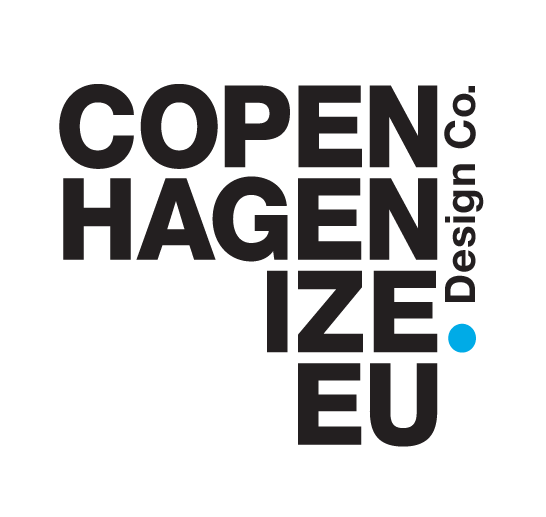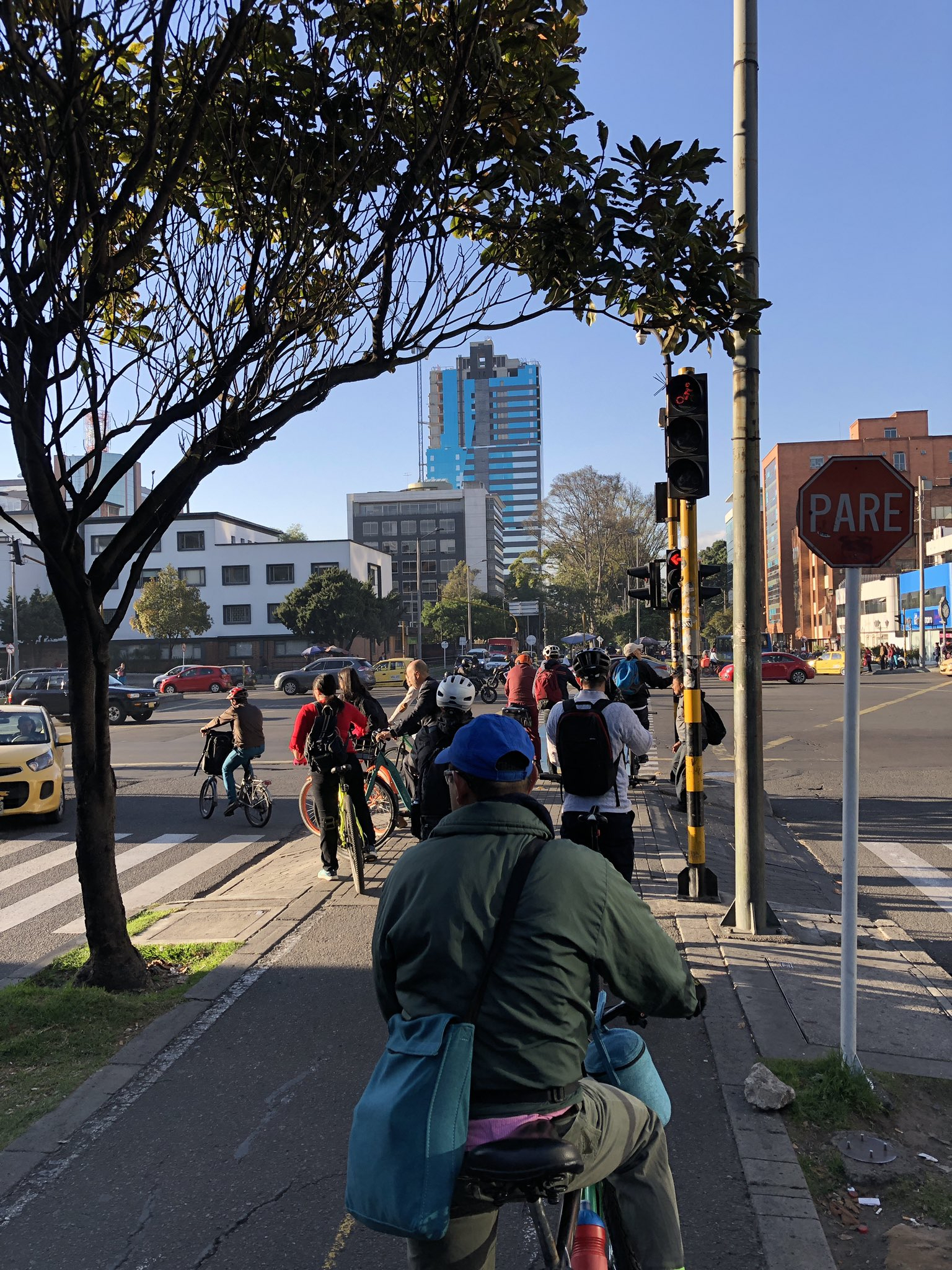“The cities of the world are not that different. They are inhabited by people who basically want the same thing: get home faster after work, find spaces to meet in the streets, and feel safe.”
– Copenhagenize CEO Morten Kabell, in a recent interview with El Colombiano, a Colombian news outlet. (Photo: Cortesía)
Recently, Morten returned from a trip to two cities in Colombia — Medellín and Bogotá — to deliver a talk on bicycle urbanism and meet with local city officials, advocates, and press to discuss the current state of cycling in the two cities and what comes next. His visit was part of the Nordic Smart Cities project in Colombia, a three-day event involving participants from the public and private sectors, organized by the embassies of Denmark, Sweden, Norway, and Finland in Colombia.
In an interview with El Tiempo about the state of cycling in Bogotá, and how the city differs from Copenhagen, Morten stresses that the key difference is only the infrastructure. Bogotá — compared to many other cities in the world — is making progress when it comes to cycling, with 500 kilometres of infrastructure and weekly cyclovías, for example. However, there is still much to improve upon. Namely, the city needs more safe bicycle facilities. One example of a benchmark of success will be when it gets to the point where a child can travel by bike to and from school alone, like one can in Copenhagen. In the interview, Morten explains:
“When you adapt enough quality space for bicyclists, you notice that more people start pedaling and that soon the traffic congestion is reduced, because the bikes occupy less space and in the city can move many more people per hour than it can by car. Bicycles are more efficient. This brings a greater quality of life, not only due to travel times, but also because air quality is improved, there is less pollution.”
A busy cycle track in Bogotá shows promise for the city — and significant user demand for bicycle infrastructure.
It’s clear that there is much work still to be done in both cities. For example, in Medellín, 11 cyclists tragically lost their lives on the roads last year. However, local interest in events such as the recent Nordic Smart Cities project, and the number of frequent bicycle users on the streets in each city, indicate that change is on the horizon.


